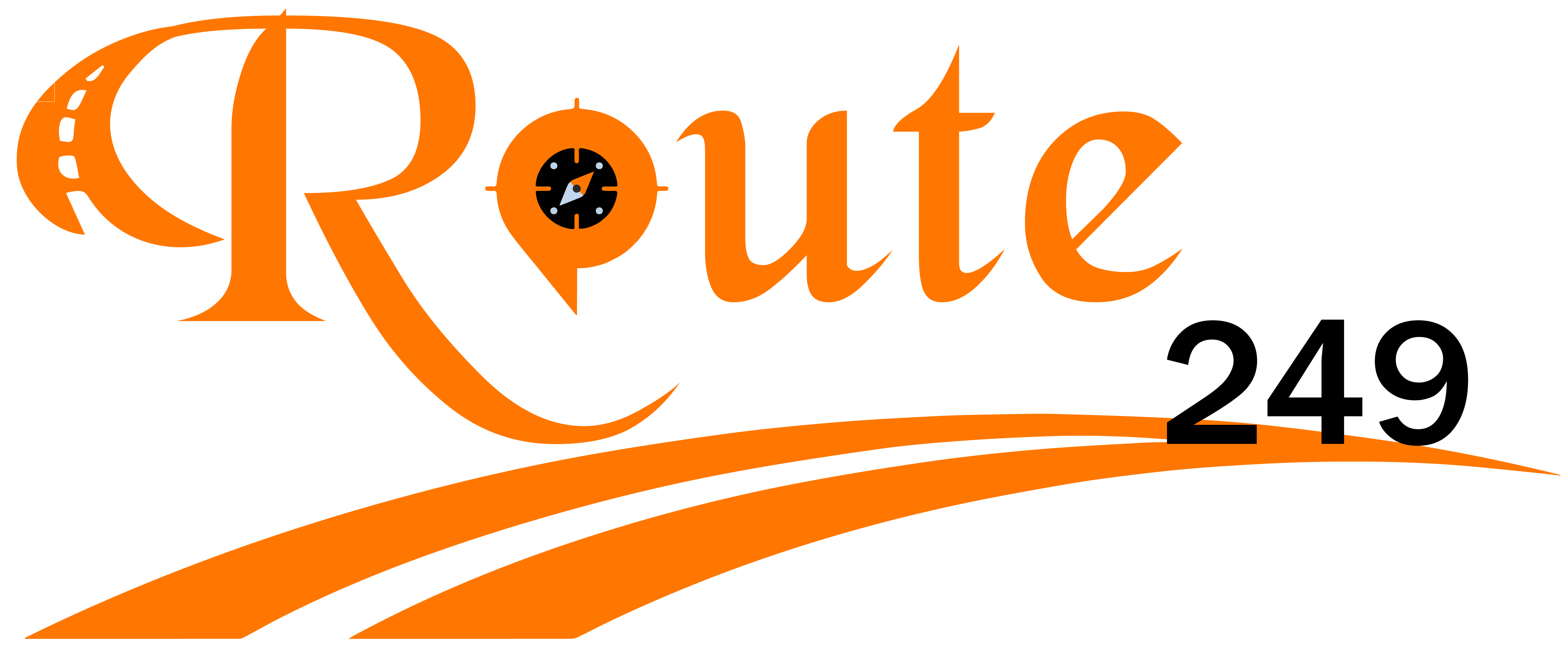
The diagnosis of back pain is one of the most difficult areas faced in modern medicine. Symptoms are often misleading and the pain is non-specific and diffuse. The physical examination can help to assess the patient’s range of movement and the pattern of pain. It may also identify any complications such as nerve root pressure which may be affecting muscular power in the limbs, leading to abnormal sensation or even interfering with bowel and bladder function. Measurements of leg length can identify compensatory stresses and strains on the spine, and manipulation with the fingers can sometimes reveal specific trigger spots over the ligaments and muscles of the back.
Eventually, however, when pain persists more than the usual 6 weeks and the patient is still in constant pain, investi¬gations are usually carried out to try to identify precisely where the trouble lies. Unfortunately the most convenient and the cheapest tests such as X-rays are rarely helpful, con¬trary to popular belief, as X-rays merely show the condition of the bones themselves rather than the soft tissues around them from which pain usually emanates. Ultrasound tests are sometimes carried out to determine whether the pain may be coming from other structures such as blood vessels, kidneys or the pancreas, and these tests are simple and non-invasive. When back pain is clinically significant and causing a lot of ongoing pain, magnetic resonance imaging scans (MRI) or computerized tomography scans (CAT) are carried out which show not only the bones and joints but the condition of the spinal cord and the nerves which arise from it as well. Blood tests are often done to show the presence of any general inflammation in the body, any blood disorder which can affect the bone marrow within the vertebrae, or any other chemical abnormality which may reveal problems in other organs that in turn are affecting the spine.
Because of the high cost of the scans, however, another modern approach is that of using an epidural anesthetic as a partly diagnostic procedure. This anesthetic bathes the spinal nerves with an anti-inflammatory steroid which is designed to take any mechanical pressure off the nerve and ease the symptoms. If the pain is relieved by such a procedure it successfully localizes the problem to the nerves themselves rather than the facet joints which join the vertebrae together above and below. An epidural anesthetic would not work if it were these joints that were inflamed but it does help where nerve compression is the problem.
The Mind/Body Link
Pain is pain, whatever the cause, but there are few areas in medicine other than back pain where the discomfort is quite so amplified by psychological factors. If you have chronic back pain you do not sleep well, you become anxious and depressed, you lack confidence, your job may be at risk, you often think poorly of yourself and it is easy to feel a failure. You can also become reliant on medication which can make you drowsy or affect your concentration, and all this takes its toll on even the most stoical of people. Your medical notes become thick files of referrals to various specialists and hospital departments and often you feel dismissed by conventional doctors who tell you that you must simply learn to live with your symptoms.
Prevention
Bearing in mind that we spend approximately a third of our lives in bed, it would be wise for us to pay a little more attention to the kind of rest we get there and the strain that is often put upon our backs by sleeping on old mattresses that give little support. A study a few years ago found that many young people sleep on very poor mattresses and are set up for back problems for the rest of their lives. So how long is it since you changed your mattress? Does it give you the support you need? And what about your pillow? Does it amply support your neck to allow your spine to stay in a straight line while you sleep? It would be a good investment to purchase the best bed you can afford and couple it with a specially designed pillow. And if for any reason you have to lie on your back, make sure you have a pillow under your knees to take the strain off your lower back.
If you spend all day in an office, insist that you have a well-designed chair and that equipment such as computer screens are placed at eye level to avoid strain upon your neck. But good seating shouldn’t stop in the office. Is your favorite chair really good for your back? And what about your car seat?
If you tend to have a weak back, go and talk to a physiotherapist about it and learn proper techniques for lifting, bending, sitting, etc. to minimize the difficulty. Although back exercises may seem like treatment, they are in fact a must for everyone. Remember that our spines were not originally designed to keep us upright, and the reason for so many people having back pain is that so few of us take as much care of our backs as we would of various pieces of household equipment.
Leslie Gilmour is a blogger that writes for Bio Balance and various other companies in Ireland.







